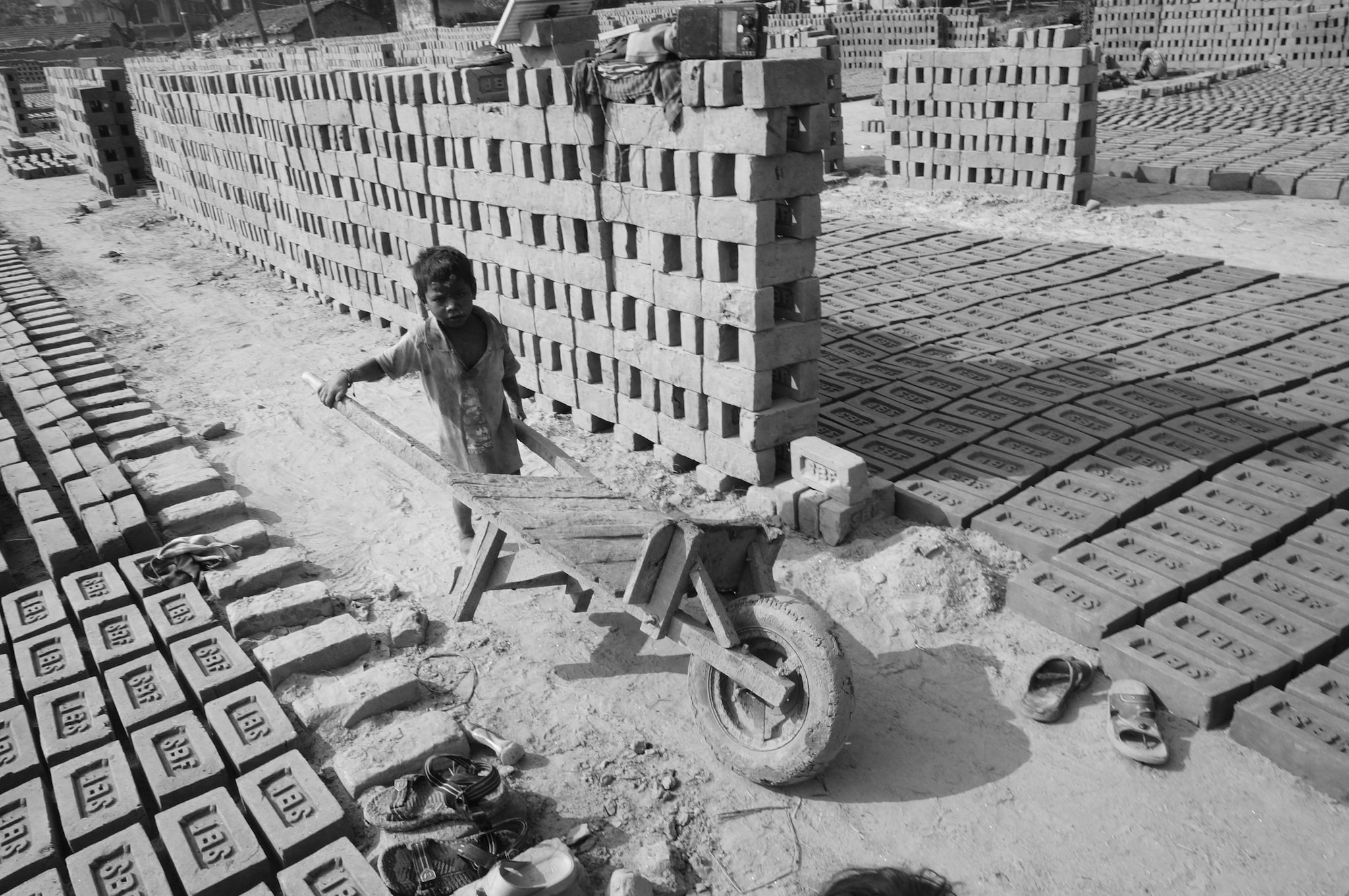Dolby is making a big-ticket bet on India — in places you’d least expect it to
Summary
Dolby Laboratories wants to replicate its South India success story back in North and the British-American cinema technology major is trying to reach out as far as possible. To kick things off, the company will focus on markets such as Lucknow, Chandigarh, and Ahmedabad on the screen count front. Our reporter Jude Sannith gets you more details.
American cinema technology major, Dolby Laboratories, is gearing up to double the number of Atmos-equipped screens in India.
The company’s signature sound technology, released in 2012, has established its presence in approximately 450 Indian cinema screens as on date, with 280 of these screens in South India alone.
“We’ve spoken to all exhibitors and we will certainly double it (screen count) within the next three, four or five years,” said Friedrich Deininger, Senior Director (Sales), Dolby Laboratories.
CNBC-TV18 has learnt that Dolby Labs is focusing specifically on the north and western markets, to expand its reach.
“We will be trying to reach out as far as possible, to replicate what we have learnt in the south, in these markets,” said Ashim Mathur, Senior Director (Marketing), Dolby.
Focus On North and Western Markets
To kick things off, the company will focus on markets like Lucknow, Chandigarh and Ahmedabad, which are relatively better placed, on the screen count front.
“We’ve realised that there’s still a lot to cover in these markets before we begin penetrating into tier-3 towns,” said Mathur.
The plan, ultimately, is to bring these geographies on par with Dolby’s markets in Chennai and Mumbai, where it has crossed 50 screens per city, in both metropolises.
Dolby will also focus on expanding in select eastern markets like Kolkata, Patna and Bhubaneswar, with West Bengal being a key focus area.
In all, Dolby expects half of its next 450 Atmos-enabled screens to spread across tier-2 and tier-3 towns.
Dolby Atmos is characterised by distinct “moving audio”, by way of overhead speakers at cinema screens.
This results in life-like sounds born out a filmmaker’s ability to isolate any one of these speakers for audio playback, which in turn provides the viewer with a more realistic perspective, of the film.
PVR Expansion: The Catalyst?
A large part of Dolby’s expansion plans will depend on the pace of new mall-retail projects and the expansion roadmap of multiplex majors.
PVR went public in December with plans to build 600 more screens in December, could well have served as a catalyst to the emergence of a similar expansion roadmap from the Dolby stables.
Incidentally, PVR, began targeting a host of tier-2 and tier-3 markets in 2015, when it made forays into cities like Jaipur, Jamshedpur, Amritsar, Mysuru, to name a few.
Today, the potential in tier-2 and tier-3 markets is more promising than ever, with exhibitors in small towns building 2k or D-Cinema screens, which are a cut above traditional E-cinema screens thanks to their superior digital distribution formats.
Dolby, however, says that it’s in talks with not just PVR but Inox, Chennai-based SPI Cinemas and Cinepolis, as well.
“All these multiplex players are focusing on growing their screen count and we are working with them to ensure that our expansion plans are aligned with theirs,” said Mathur.
Could 4DX Spoil The Party?
What could worry Dolby, however, is PVR’s recent partnership with South Korean cinema tech firm, CJ 4DPLEX, to build 16 4DX screens by the end of 2019, at a total investment of Rs 70 crore.
The USP of 4DX screens is that an audience gets an extra dimension — seat motion, wind, rain, fog, lights, and scents — while watching a film. Entire cinema screens are typically re-designed to fit 4DX technology.
But Dolby insists that it does not see 4DX as competition to its expansion roadmap.
“Through Dolby Atmos, we have revolutionised how you listen to a movie, and how its sound is created,” said Deininger, “So, given that audio is our go-to plan, to enhance competition, we don’t see 4DX as competition to us.”

Elon Musk forms several ‘X Holdings’ companies to fund potential Twitter buyout
3 Mins Read
Thursday’s filing dispelled some doubts, though Musk still has work to do. He and his advisers will spend the coming days vetting potential investors for the equity portion of his offer, according to people familiar with the matter









 Listen to the Article
Listen to the Article  Daily Newsletter
Daily Newsletter
















